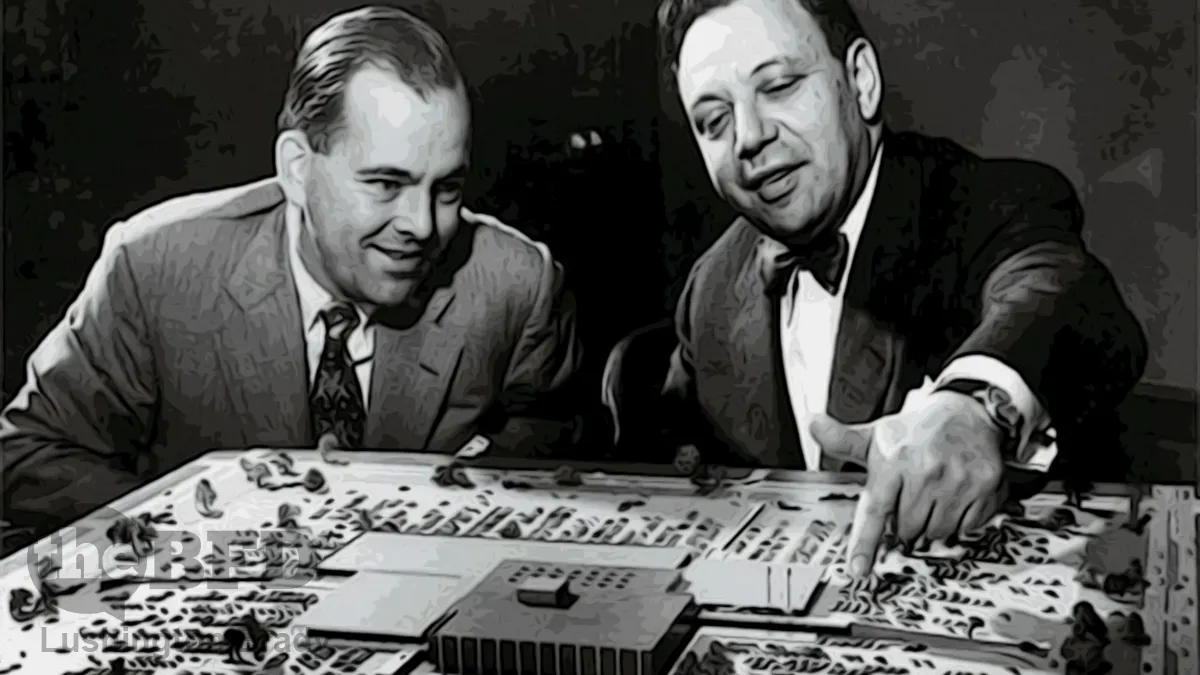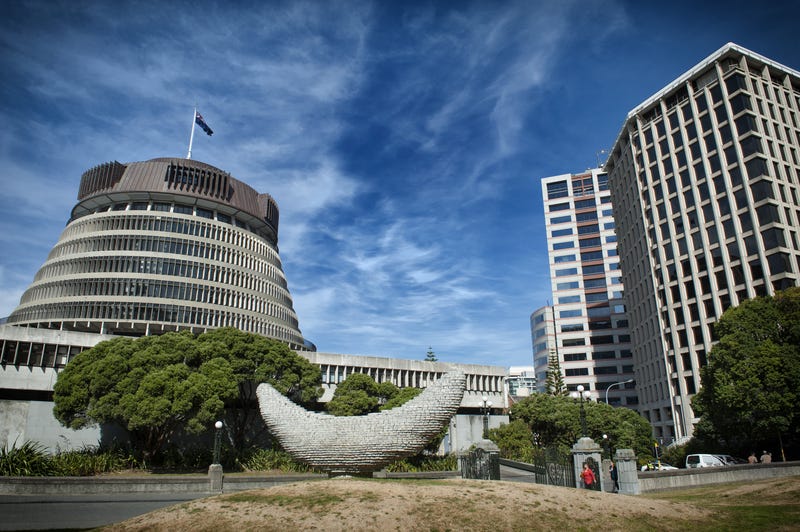It’s something of modern fairy-tale: the hardscrabble entrepreneur labouring away in their garage, until, Eureka! a flash of inspiration hits which transforms the world and lets them live happily ever after with a vast fortune. It’s no less a fairy tale for so often being true, from Steve Jobs and Steve Wozniak in a California garage, to a struggling animator named Walt Disney being struck by inspiration on a train trip from New York to Los Angeles and imagining a cartoon mouse (coincidentally, a penniless young writer named Jo Rowling was similarly struck by inspiration on a train journey).
But not all inventions are happily-ever-after stories. Even some inventions that left their creators very, very rich left them with a nagging legacy of regret.
In the ’50s, architect Victor Gruen envisaged a place where shopping, living-space and culture came together in a thriving communal complex. In 1956 he built his first shopping mall, Southdale Center in Edina, Minnesota, in 1956. Besides stores, it feature fountains, art installations and even an aviary. Gruen also envisaged hospital and schools.
Slowly, but surely, though, Gruen’s humanistic vision was subsumed by rampant consumerism. ‘The mall’ overran suburban America. Gruen lamented that malls never became real communities, though a generation of ’70s and ’80s American teens might well disagree.
Robert Propst was another inventor whose grand vision backfired and became reviled as an icon of soulless corporate culture. In 1968, Propst invented the “Action Office”, a system of moveable walls that was intended to give office workers freedom and privacy. The Action Office system was designed to promote productivity, privacy and even health at the expense of some inefficient use of space.
Suffice to say, it didn’t work out that way. Today, the cubicle is rightly reviled as the human equivalent of the battery farm that horrified Propst himself.
Jobs and Wozniak might have pioneered personal computing, and Tim Berners-Lee gifted us the World Wide Web, but not every tech entrepreneur is happy with the world they created.
Ethan Zuckerman was a marketing guy for Tripod, a site which pioneered free webpages. That wasn’t his contribution to the internet, though: nothing being free, Tripod had to find creative ways of bringing in revenue. Zuckerman wrote a program that would send ads to users related to the content they were browsing. To try and make it all less annoying, he came up with a genius idea: open the ad in a new window, rather than redirecting your current window.
Yes, believe it or not, the pop-up ad was designed to be less annoying.
In 2014, Zuckerman told Forbes magazine: “I’m sorry.”
Likewise, Vincent Connare didn’t set out to annoy anyone. When he designed a new font for Microsoft’s Windows 95, he wanted it to be easily readable and friendly. So, he turned to some comic books he had lying around, specifically, Batman: The Dark Knight Returns and Watchmen. You can probably guess the font in question: Comic Sans.
Comic Sans is perhaps the most loathed font in computer history (seriously, have you people never seen the revolting Bleeding Cowboys?), but it’s also one of the most readable. Especially for dyslexics.
Still Connare believes that Comic Sans should only be used for lighthearted situations, rather than work emails (are you reading this, Chris Luxon?)
But he does admit to having sent a customer service complaint in Comic Sans specifically to annoy someone into taking action.
It worked. Which may be why, at least in this case, its inventor publicly professes no regrets.









